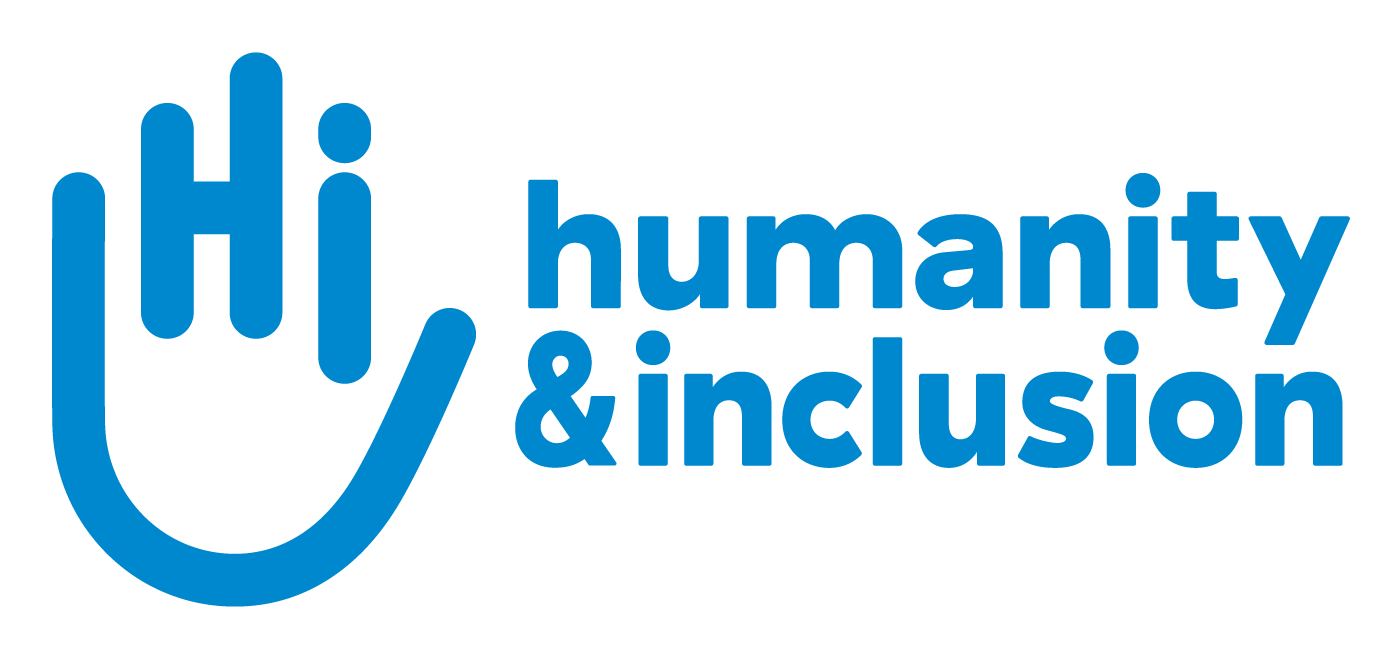Ukraine
When the conflict between Ukraine and Russia intensified in February 2022, HI deployed a multi-sector emergency response in several regions of western and eastern Ukraine. Today, more than 40% of the Ukrainian population is in need of humanitarian aid.
09/03/2022. Przemysl, Poland. Galaina Mama Gala, 87 years old, crosses the border from Ukraine to Poland at the Medyka crossing. | © T. Nicholson / HI
Our actions
In Ukraine, Humanity & Inclusion has identified the principal humanitarian needs and launched projects in several sectors to meet the needs of people affected by the war, particularly the wounded and displaced and people with disabilities.
HI responds to the most urgent needs of populations affected by the conflict by providing direct physical and functional rehabilitation services, together with cash transfers, while advocating for a humanitarian response that incorporates the specific needs of people with disabilities.
This conflict will have a lasting effect on the population. HI is already providing psychosocial and mental health support to impacted populations, but an estimated 10 million people are likely to need psychosocial support as a result of conflict-related trauma.
HI is also training and supervising medical staff to strengthen the capacity of several Ukrainian hospitals.
HI is providing risk education activities to community representatives and local populations to raise awareness of the risks posed by explosive devices and the dangers of shelling. This is the case, for example, in eastern Ukraine, one of the most contaminated regions in the country.
Areas of intervention
Latest stories

Maintaining the cold chain in emergencies: a challenge being met by Atlas Logistics
In humanitarian crises, a change of just one degree can determine a drug's irreversible loss of effectiveness.

Behind the scenes: transporting humanitarian aid in Ukraine
Atlas Logistics, HI's operational unit, has been transporting vital supplies in the less accessible areas of Ukraine, sometimes less than 12 miles from the fighting.

How the war in Ukraine upturned their lives…
Teacher, student, beautician... The war in Ukraine has turned the lives of thousands of civilians upside down. Our colleagues tell HI how the war led them to become involved in humanitarian work.
a life
Background
In 2014, the conflict between government forces and pro-independence movements in Ukraine led to chronic insecurity in several regions of the country.
The conflict was triggered by mass protests in Kyiv and other Ukrainian cities at the end of 2013, leading to the fall of President Yanukovych in February 2014. Today, Ukraine is still the most mine-contaminated country in the world.
Since Feb. 24, 2022, when the conflict between Ukraine and Russia intensified, cities across the country have been the target of devastating weapons strikes.
In the current conflict, civilians remain the hardest hit by the daily air strikes and bombings. Almost 18 million people will need multi-sector humanitarian aid in 2023, including more than 6 million internally displaced people, 5 million returnees and 7 million people who remain at home.
Civil infrastructure has been severely damaged, limiting access to electricity, telecommunications, food, water, heating and medical care. People are facing reduced access to essential services.
Reports
The latest publications
> Cluster Bombs Factsheet (pdf, 2.02 MB)> Explosive Weapons Factsheet (pdf, 4.94 MB)
> Out of Reach: The impact of explosive weapons in Ukraine (pdf, 2.38 MB)
> Cash and beyond: Analysis of extra costs associated with disabilities and disability-specific social protection in Ukraine (pdf, 1.15 MB)
More > News
line=23,file=/usr/local/website/hiusav1/site/module/module/widget/country/usine_country_file.sn function=size
Error while executing template /usr/local/website/hiusav1/site/module/module/widget/country/usine_country_file.sn.
line=130,file=/usr/local/website/hiusav1/site/module/module/template/usine_page_template_speed_optimized.sn function=include

















